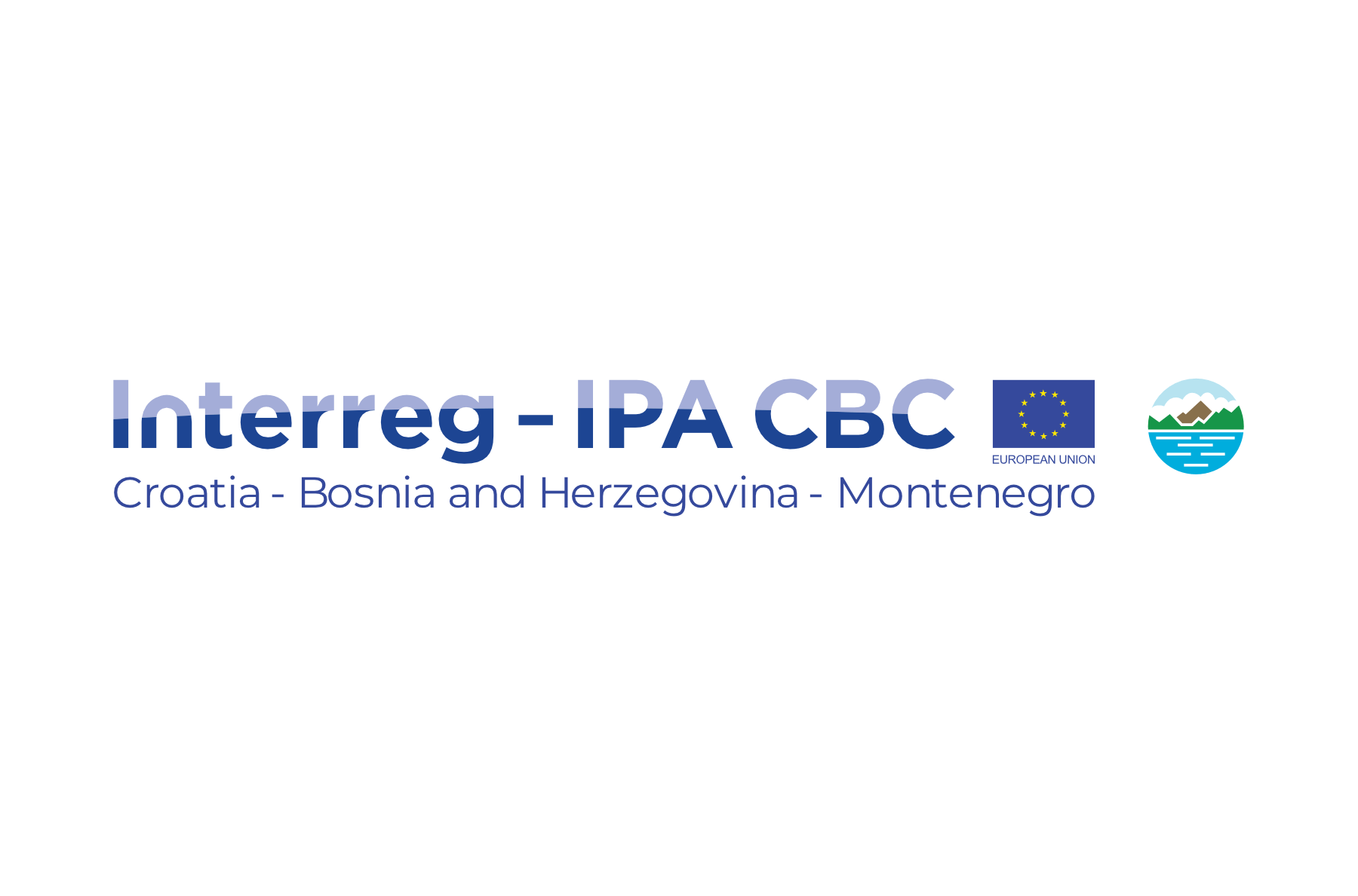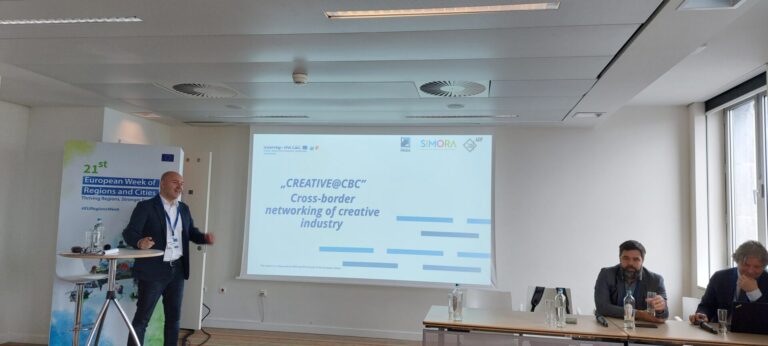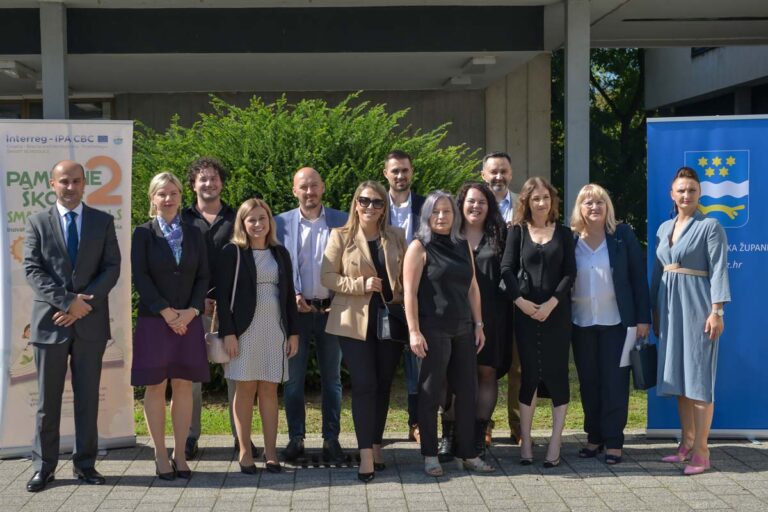Interreg IPA Cross-border Cooperation Programme Croatia-Bosnia and Herzegovina-Montenegro 2014-2020 is a trilateral programme envisaged to be implemented during financial period 2014-2020.
The overall objective of the Interreg IPA Cross-border Cooperation Programme Croatia-Bosnia and Herzegovina-Montenegro 2014-2020 is to strengthen the social, economic and territorial development of the cross-border area through the implementation of joint projects and activities to be supported within four priority axes:
Priority Axis 1 – Improving the quality of the services in public health and social care sector.
Priority Axis 2 – Protecting the environment and nature, improving risk prevention and promoting sustainable energy and energy efficiency.
Priority Axis 3 – Contributing to the development of tourism and preserving cultural and natural heritage.
Priority Axis 4 – Enhancing competitiveness and developing business environment in the programme area.
Within four priority axes, the Programme defines five specific objectives that indicate specific changes that the Interreg IPA Cross-border Cooperation Programme Croatia-Bosnia and Herzegovina-Montenegro 2014-2020 anticipates to achieve through implementation of specific actions and realization of related outputs.
The programme area includes 12 counties on the Croatian side, Brčko District and 109 municipalities on the side of Bosnia and Herzegovina and 10 municipalities on the Montenegrin side. The geographical area amounts to total of 87.453.95 km2 with 5.587.836 inhabitants within the programme area.
The Croatian part of the programme area covers 38.405.00 km2 and includes the following counties: Zagreb County, Sisak-Moslavina County, Karlovac County, Bjelovar-Bilogora County, Lika-Senj County, Požega-Slavonia County, Brod-Posavina County, Zadar County, Šibenik-Knin County, Vukovar-Srijem County, Split-Dalmatia County and Dubrovnik-Neretva County.
The programme area within Bosnia and Herzegovina covers 42.540.95 km2 and includes Brčko District of Bosnia and Herzegovina and the following municipalities: Bijeljina, Teočak, Ugljevik, Lopare, Tuzla, Lukavac, Čelić, Srebrenik, Petrovo, Gračanica, Doboj Istok, Gradačac, Pelagićevo, Donji Žabar, Orašje, Domaljevac-Šamac, Šamac, Modriča, Vukosavlje, Odžak, Brod, Srebrenica, Bratunac, Milići, Han-Pijesak, Vlasenica, Kladanj, Šekovići, Kalesija, Osmaci, Zvornik, Banovići, Živinice, Sapna, Prnjavor, Srbac, Laktaši, Čelinac, Kotor Varoš, Kneževo, Dobretići, Šipovo, Jajce, Jezero, Mrkonjić Grad, Banja Luka, Gradiška, Kozarska Dubica, Prijedor, Oštra Luka, Sanski Most, Ključ, Ribnik, Glamoč, Bosansko Grahovo, Drvar, Istočni Drvar, Petrovac, Bosanski Petrovac, Bosanska Krupa, Krupa na Uni, Novi Grad, Kostajnica, Bužim, Velika Kladuša, Cazin, Bihać, Doboj, Derventa, Prozor/Rama, Konjic, Nevesinje, Gacko, Bileća, Trebinje, Ravno, Ljubinje, Berkovići, Mostar, Jablanica, Kupres, Kupres (RS), Tomislavgrad, Posušje, Široki Brijeg, Čitluk, Stolac, Neum, Čapljina, Ljubuški, Grude, Livno, Istočni Mostar, Doboj Jug, Kakanj, Maglaj, Tešanj, Usora, Zavidovići, Zenica, Žepče, Bugojno, Busovača, Donji Vakuf, Gornji Vakuf-Uskoplje, Novi Travnik, Travnik, Vitez and Teslić.
The Montenegrian part of the programme area covers 13.812.00 km2 and includes the municipalities as follows: Herceg Novi, Kotor, Tivat, Budva, Bar, Ulcinj, Cetinje, Nikšić, Podgorica, Tuzi and Danilovgrad.
A map of the area covered by the cooperation programme

The overall programme EU budget is EUR 57,155,316. Detailed indicative total programme budget breakdown per Priority Axes is given in the table below:
| Priority axis | Union support | National counterpart | Total funding |
| PA1 | EUR 8,573,297 | EUR 1,512,935 | EUR 10,086,232 |
| PA2 | EUR 14,288,830 | EUR 2,521,559 | EUR 16,810,389 |
| PA3 | EUR 17,146,595 | EUR 3,025,870 | EUR 20,172,465 |
| PA4 | EUR 11,431,063 | EUR 2,017,247 | EUR 13,448,310 |
| PA5 | EUR 5,715,531 | EUR 1,008,625 | EUR 6,724,156 |
| Total | EUR 57,155,316 | EUR 10,086,236 | EUR 67,241,552 |
The Programme is managed by the Managing Authority, acting within the Ministry of Regional Development and EU Funds of the Republic of Croatia. The Managing Authority is supported with respective National Authorities, Ministry of Regional Development and EU Funds in Croatia, Directorate for European Integration in Bosnia and Herzegovina and Ministry of Foreign Affairs and European Integration in Montenegro. Other programme bodies that make part of the Programme management structure are Joint Monitoring Committee, the programme body responsible for reviewing the effectiveness, quality and coherence of the implementation of all actions towards meeting the programme objectives, Certifying Authority, the programme body responsible for making payments to the Lead beneficiaries, Audit Authority, the programme body responsible for carrying out system audit and audit of operations and Joint Secretariat, responsible for providing support to Managing Authority and Joint Monitoring Committee in carrying out their respective functions. Read more about Programme bodies here.



